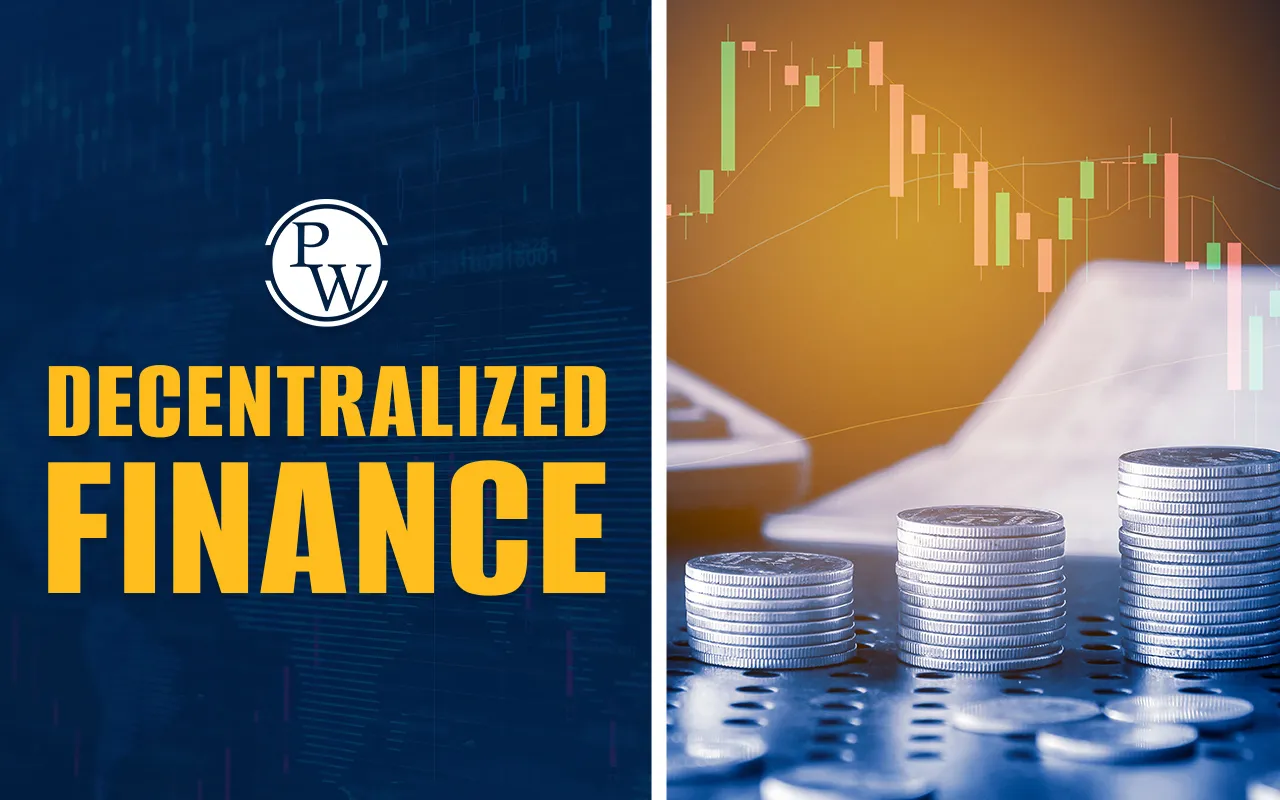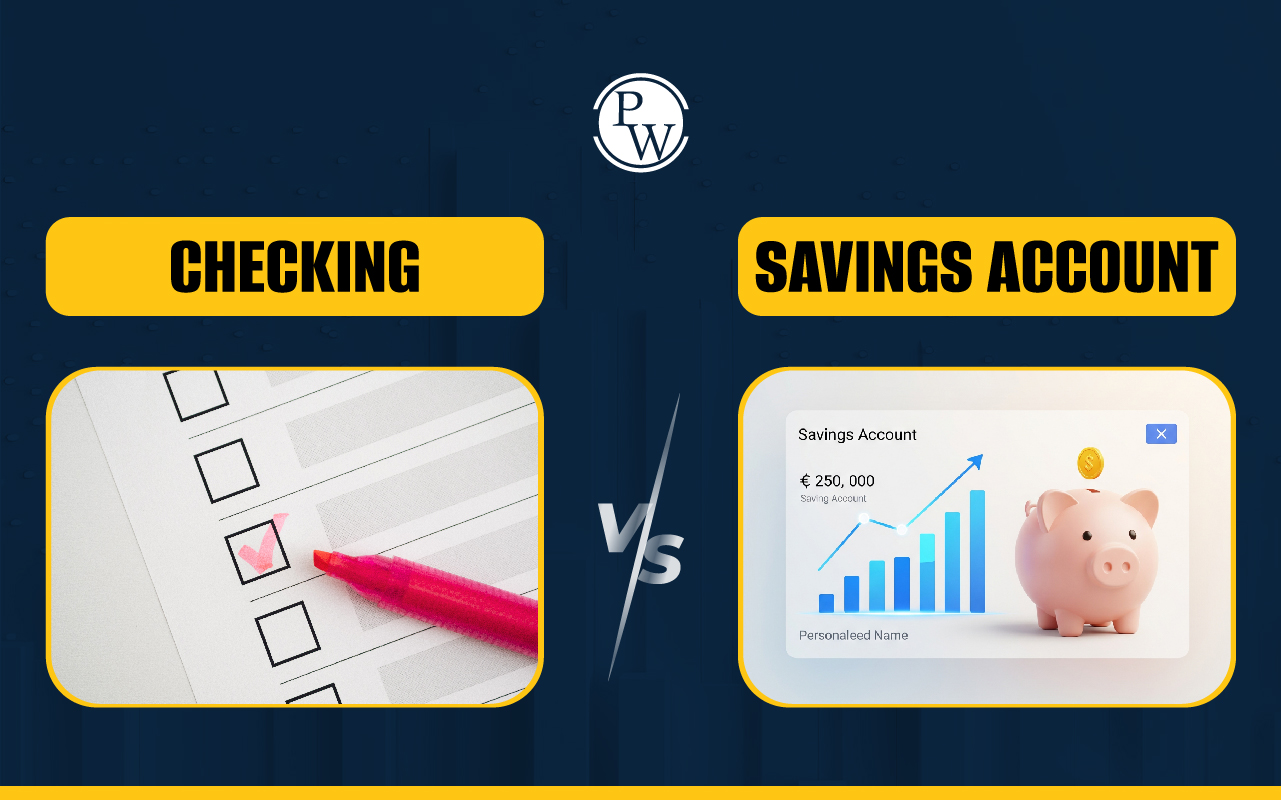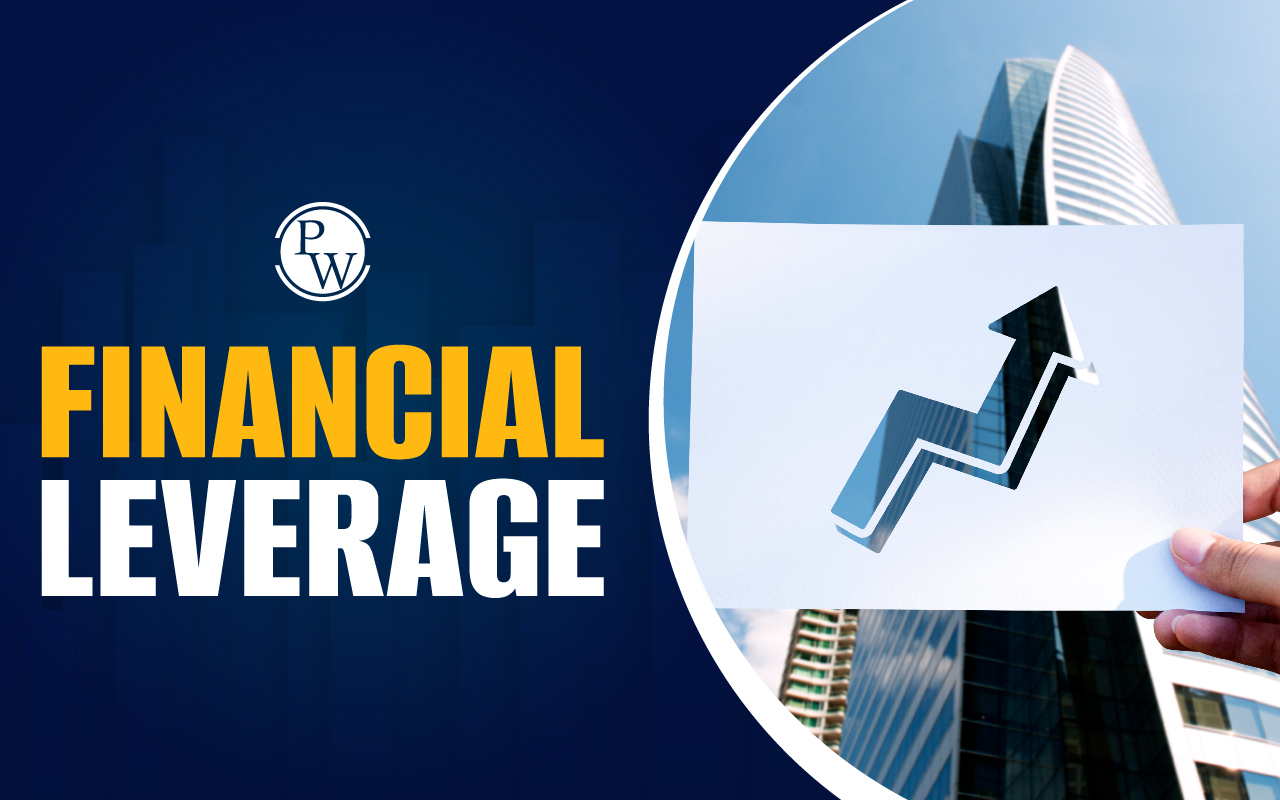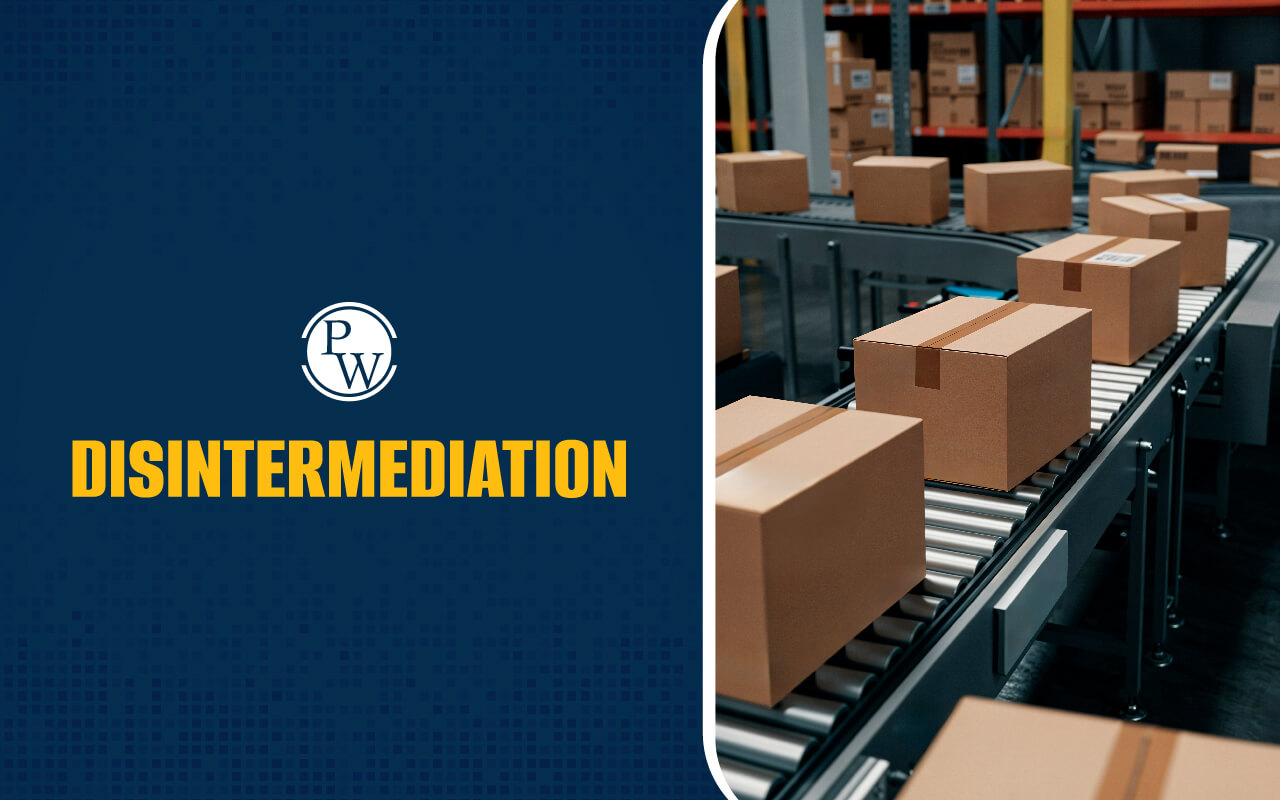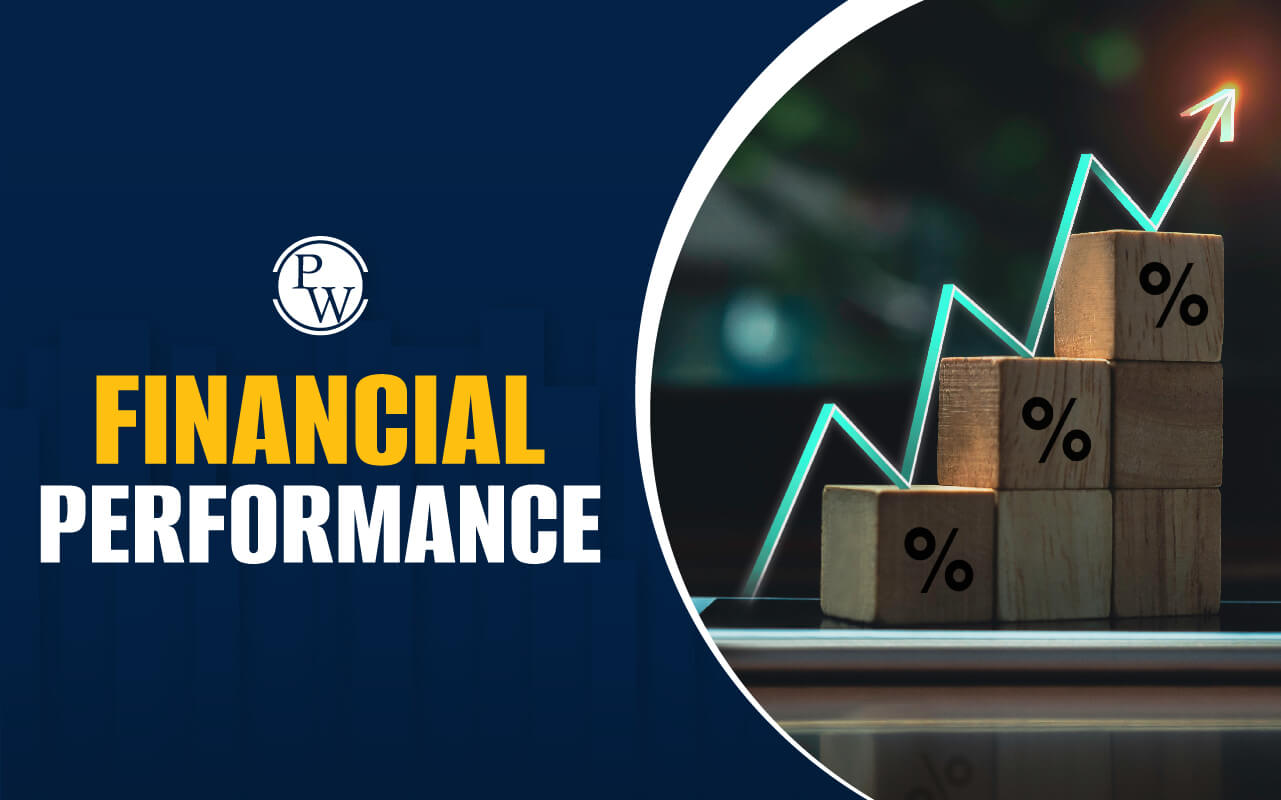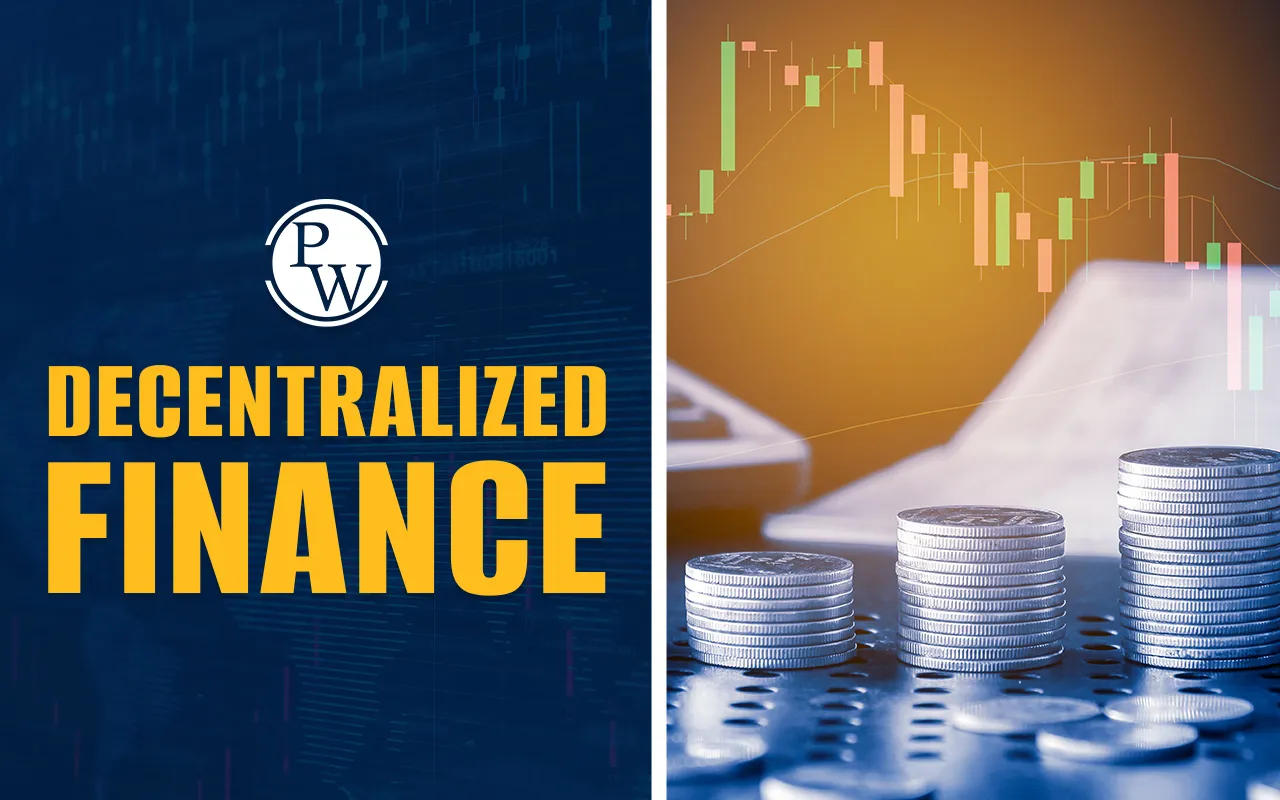
For centuries, the global financial system has operated under a centralized model, dominated by banks, brokers, and traditional institutions. These intermediaries facilitate transactions, manage assets, and provide services, but often come with fees, geographical limitations, and a lack of transparency. Enter decentralized finance (DeFi) – a revolutionary paradigm that aims to recreate traditional financial services using blockchain technology, eliminating the need for central authorities.
This article delves into what decentralized finance is, exploring its core components, how it functions, its diverse applications, and the inherent advantages and risks that define this rapidly evolving ecosystem.
What is decentralized finance (DeFi)?
At its heart, decentralized finance refers to an umbrella term for financial applications and services built on public blockchains, primarily Ethereum. Unlike traditional finance (TradFi), where intermediaries like banks control your money and transactions, DeFi empowers individuals by putting them in direct control of their assets through self-custody wallets.
The driving philosophy behind decentralized finance DeFi is to make financial services open, permissionless, and transparent. This means anyone with an internet connection can access these services, regardless of their location, wealth, or background, without needing approval from a bank or government. Transactions are recorded on an immutable, distributed ledger (the blockchain), providing unprecedented transparency and auditability.
The Core Pillars of How Decentralized Finance Works
The functionality of decentralized finance hinges on several fundamental technological advancements:
Blockchain Technology
The bedrock of DeFi is the blockchain, a distributed, immutable ledger that records all transactions. Most DeFi applications currently reside on the Ethereum blockchain due to its robust smart contract capabilities, though other Layer 1 blockchains like Solana, Avalanche, and Binance Smart Chain are gaining traction. The blockchain ensures security, transparency, and resistance to censorship.
Smart Contracts
These are self-executing contracts with the terms of the agreement directly written into lines of code. Smart contracts automatically execute and enforce agreements when predefined conditions are met, without the need for human intermediaries. They are the programmable "brains" of DeFi, enabling complex financial operations like lending, borrowing, and trading to occur automatically and trustlessly.
Decentralization
This is the defining characteristic. Instead of a single entity controlling the network, power is distributed among many participants. Decisions are often made through community governance, and data is stored across numerous nodes, making it highly resistant to single points of failure or censorship.
Permissionless & Open Source
DeFi protocols are typically open-source, meaning their code is publicly available for anyone to audit, inspect, and build upon. This fosters transparency and innovation. Furthermore, they are permissionless, meaning anyone can participate without needing approval from a central authority.
Interoperability & Composability (Money Legos)
DeFi protocols are designed to be "money legos" – they can be easily integrated and combined. A borrowing protocol can connect with a lending protocol, which can connect with an exchange, creating complex financial instruments and services. This composability accelerates innovation at an unprecedented pace.
Read More - Financial Intermediary: Definition, Types, and How It Works
How Does Decentralized Finance (DeFi) Work in Practice?
When you interact with decentralized finance, you're engaging directly with smart contracts on a blockchain, rather than with a traditional financial institution. Here's a simplified breakdown:
Digital Wallets
Users access DeFi applications through non-custodial digital wallets (e.g., MetaMask, Ledger). These wallets give users full control over their private keys and, therefore, their cryptocurrency assets.
Cryptocurrency Assets
Most DeFi interactions involve cryptocurrencies, particularly Ethereum (ETH) and various stablecoins (e.g., USDT, USDC, DAI), which are pegged to fiat currencies to reduce volatility.
DApps (Decentralized Applications)
DeFi services are provided through dApps, which are applications built on smart contracts. Users connect their wallets to these dApps, which then facilitate transactions directly on the blockchain.
Oracles
For certain DeFi operations, external data (e.g., real-world asset prices) is needed on-chain. Oracles are services that bring this off-chain data onto the blockchain securely and reliably, enabling smart contracts to react to real-world events.
Key Use Cases and Applications within Decentralized Finance
The decentralized finance DeFi ecosystem is vast and continually expanding, mirroring and often innovating beyond traditional financial services:
- Lending and Borrowing: Platforms like Aave and Compound allow users to lend their crypto assets to earn interest or borrow by collateralizing other crypto assets. Unlike traditional loans, these are often over-collateralized (borrowers provide more collateral than the loan amount) and executed instantly via smart contracts, without credit checks.
-
Decentralized Exchanges (DEXs): DEXs, such as Uniswap and SushiSwap, enable peer-to-peer trading of cryptocurrencies without the need for a central intermediary to hold funds. They largely utilize Automated Market Maker (AMM) models, where users provide liquidity to pools, and trades are executed against these pools.
-
Yield Farming and Liquidity Mining: Users can earn passive income by providing liquidity to DEXs or lending protocols, receiving a share of transaction fees or new tokens as rewards. This process, known as yield farming, involves strategically moving assets between different protocols to maximize returns.
-
Stablecoins: Crucial for managing volatility, stablecoins are cryptocurrencies designed to maintain a stable value, often pegged to fiat currencies (like the USD) or baskets of assets. Examples include USDC, USDT, and DAI.
-
Wrapped Tokens: These are tokenized versions of other cryptocurrencies (e.g., Wrapped Bitcoin - wBTC) that allow assets from one blockchain to be used on another, expanding cross-chain compatibility within DeFi.
-
Decentralized Autonomous Organizations (DAOs): Many DeFi protocols are governed by DAOs, where token holders collectively make decisions about the protocol's future through voting, embodying the decentralized governance principle.
-
Derivatives and Synthetic Assets: Platforms like Synthetix allow users to create and trade synthetic versions of real-world assets (e.g., stocks, commodities) or cryptocurrencies without actually owning the underlying asset.
-
Decentralized Insurance: Projects like Nexus Mutual offer decentralized insurance policies to protect users against smart contract bugs or hacks, providing a more transparent and community-driven alternative to traditional insurance.
-
Prediction Markets: Platforms like Augur and Gnosis allow users to bet on the outcome of future events (e.g., elections, sports matches), creating markets for information and speculation.
Advantages of Decentralized Finance
Decentralized finance has a wide range of use cases and advantages. Listed below are few of them
-
Accessibility: DeFi breaks down geographical and socioeconomic barriers, allowing anyone with internet access to participate, including the unbanked.
-
Transparency: All transactions are recorded on a public blockchain, visible and verifiable by anyone, fostering trust and accountability.
-
Efficiency & Lower Costs: By removing intermediaries, DeFi can potentially reduce transaction fees and increase the speed of financial operations.
-
User Control: Users retain full custody of their assets, empowering them with financial sovereignty and eliminating reliance on third parties.
-
Innovation & Composability: The open-source nature and "money lego" architecture foster rapid innovation and the creation of novel financial products.
-
Censorship Resistance: Due to its decentralized nature, DeFi is inherently resistant to censorship or single points of failure.
Risks and Challenges of Decentralized Finance
Despite its promise, decentralized finance is not without its significant risks:
- Smart Contract Vulnerabilities: Bugs or exploits in smart contract code can lead to irreversible loss of funds.
-
Volatility: The underlying cryptocurrencies are highly volatile, posing significant risk, especially for collateralized loans.
-
Regulatory Uncertainty: The lack of clear regulatory frameworks creates legal ambiguities and compliance challenges.
-
Scalability Issues & High Gas Fees: Some blockchains (like Ethereum) can suffer from network congestion, leading to slow transaction times and excessively high "gas" (transaction) fees.
-
Liquidity Risk: Some smaller protocols may lack sufficient liquidity, making it difficult to execute large trades or withdrawals without a significant price impact.
-
User Error: The burden of security falls on the user, and mistakes like losing private keys or sending funds to the wrong address can result in permanent loss.
Build Your career in Professional Finance with PFCP – PRO
Upskill your self in accounting, taxation, and financial management through PW Finance Course. This certification program blends weekday live sessions with recorded lectures, offering practical case studies curated under the mentorship of PwC India. Whether you're a recent graduate or a working professional, this course helps you develop job-ready skills to confidently step into the finance domain.
Join PW Finance Course and move closer to a future in finance that’s driven by knowledge, skills, and industry relevance.
